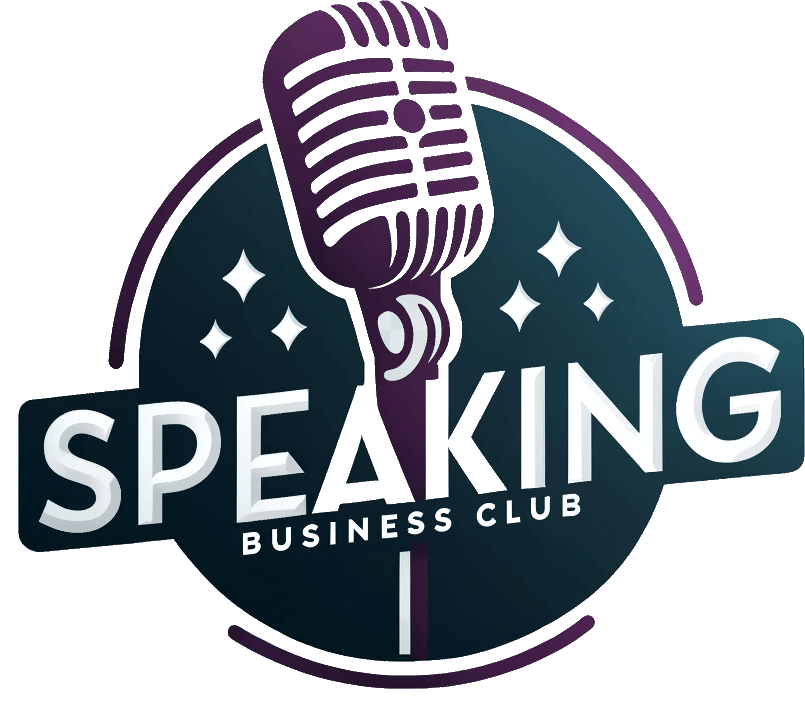By Mary Tucker | Senior Communications and Content Manager | IAEE
Mastering the art of sponsorship marketing can make the difference between stagnation and extraordinary growth for exhibitions and events. Discover how to leverage sponsorship opportunities as powerful catalysts for enhancing your brand’s visibility and accelerating growth, while optimizing your marketing initiatives through strategic sponsor partnerships in IAEE’s upcoming Sponsorship Marketing Masterclass Series – a comprehensive webinar experience led by Paula Beadle, Founder and CEO of the Sponsorship Marketing Association.
This three-part transformative series will equip marketing professionals with cutting-edge strategies, proven sales processes and career-building frameworks to excel in the dynamic world of sponsorships. From navigating current industry trends to mastering the art of sponsorship sales and building a thriving career in this field, participants will gain actionable insights to propel their initiatives to new levels of performance.
To give you a taste of what to expect, we sat down with Paula for an exclusive interview in which she shares some of the insider knowledge she has honed in her 30+ years as a partnership marketing thought leader and trailblazer. Read on to learn what she has in store for participants and be sure to save the following dates so you can capitalize on the knowledge, tools and strategic insights you need to take your sponsorship marketing to new heights!
8 May 2025
PART 1 – NAVIGATING THE CURRENT SPONSORSHIP LANDSCAPE
15 May 2025
PART 2 – MASTERING THE ART OF SPONSORSHIP SALES
22 May 2025
PART 3 – BUILDING A THRIVING SPONSORSHIP CAREER
In your first session, you will be exploring current sponsorship landscape trends. What major shifts have you observed in how organizations approach sponsorships in the past few years, and how can professionals best adapt to these changes?
Paula: Since COVID, sponsorship has significantly transformed. We have moved from logo placement to creating partnerships with real purpose that align with brand values. Measurement is more sophisticated and sponsors want clear ROI (return on investment), not just impressions. And now, savvy marketers are looking for experiences that blend digital and physical elements.
To keep up, you need strong data skills, authentic storytelling abilities and you’ve got to position yourself as a strategic partner, not just a salesperson. The most successful teams are the ones showing real business impact.
You will explain the art of positioning sponsorships as a “strategic growth driver” for organizations. Could you share an example of how you have seen a company successfully transform their approach to sponsorships from a basic marketing tactic to a core business strategy?
Paula: The game-changer is getting sponsorship out of its marketing silo. Smart companies are using sponsorships to solve specific business challenges across departments. It’s about repositioning sponsorship from a marketing expense to a business strategy that drives measurable results across the company. It happens when people start asking the right questions about broader goals.
This is part of the Amazon culture. Sponsorships at Amazon began as a community relations effort but expanded to include other initiatives such as employee engagement and climate. Amazon’s transformative approach was demonstrated with the naming rights of the Climate Pledge Arena – we’ll talk more about this in our session.
Your second session covers a nine-step sales process for sponsorship acquisition. Could you give us a sneak peek into one or two commonly overlooked steps in this process that tend to make the biggest difference in securing partnerships?
Paula: Two steps people constantly rush through are preparation and discovery. Too many sellers skip research and jump straight to sending emails. And during those early conversations, they are so eager to pitch their assets that they don’t take time to understand what the sponsor actually needs.
The best sellers spend 70% of those initial meetings asking smart questions rather than presenting. This leads to co-creating solutions where sponsors feel ownership in the ideas. When they feel it’s their vision, not just buying your assets, you are much more likely to close the deal.
Decision-making factors for sponsors have evolved significantly. What surprising motivations have you discovered that drive sponsor decisions today that might not have been as important five to ten years ago?
Paula: What’s fascinating is how companies are now using sponsorships for talent recruitment and retention rather than just consumer marketing. With the job market so competitive, partnerships are being evaluated on how they’ll engage employees and reflect company values.
Social impact has become another huge driver behind sponsorship decisions. So many companies are focused on reinforcing their social impact initiatives through their partnerships, like sustainability.
And don’t forget content creation – sponsors want partnerships that generate compelling material for their digital channels. These newer priorities require different metrics and involve departments beyond marketing.
The third session focuses on career development in sponsorship. What qualities or skills have you found separate truly exceptional sponsorship professionals from those who merely survive in the industry?
Paula: Four things set the stars apart in this field. First, thinking beyond marketing to how partnerships can impact multiple business functions. Second, designing creative activations that solve problems while creating memorable experiences – not just flashy ideas without purpose. Third is building relationships that can survive budget cuts and leadership changes. And finally, looking ahead by studying trends in other industries, not just reacting to what’s happening now.
The good news? These aren’t innate talents – you can develop all of these skills, which we will cover in session three.
For someone just beginning to explore sponsorship marketing as a potential career path or growth strategy for their organization, what foundational mindset shift would you recommend they make before attending your masterclass series? Alternately, what new nugget can you offer experienced marketers?
Paula: Don’t think of sponsorship as just another marketing channel; it’s a business ecosystem. Put your sponsor’s customer and your audience at the center of everything – your objectives, development and execution – and everyone wins. When you balance what sponsors want, what audiences experience and what properties need, you create value across the board.
And if you’re thinking, ‘I am not a salesperson, so sponsorship isn’t for me’ – that’s outdated thinking. The best sponsorship pros think like marketers (actually more like business executives) but apply sales discipline to their work. That’s where excellence comes from.
For the veterans out there, don’t get complacent! Ask yourself: are you just surviving or are you thriving? Taking your game to the next level comes down to mindset, high-performance habits, and how you manage your focus and time. Keep growing and perfecting your craft.
Click here to register for the Sponsorship Marketing Masterclass Series and learn more about upcoming topics for IAEE’s webinars here. Missed a webinar? No worries! On-demand recordings are available.
The post Unlock Sponsorship Superpowers to Transform Your Marketing Strategy appeared first on IAEE.



